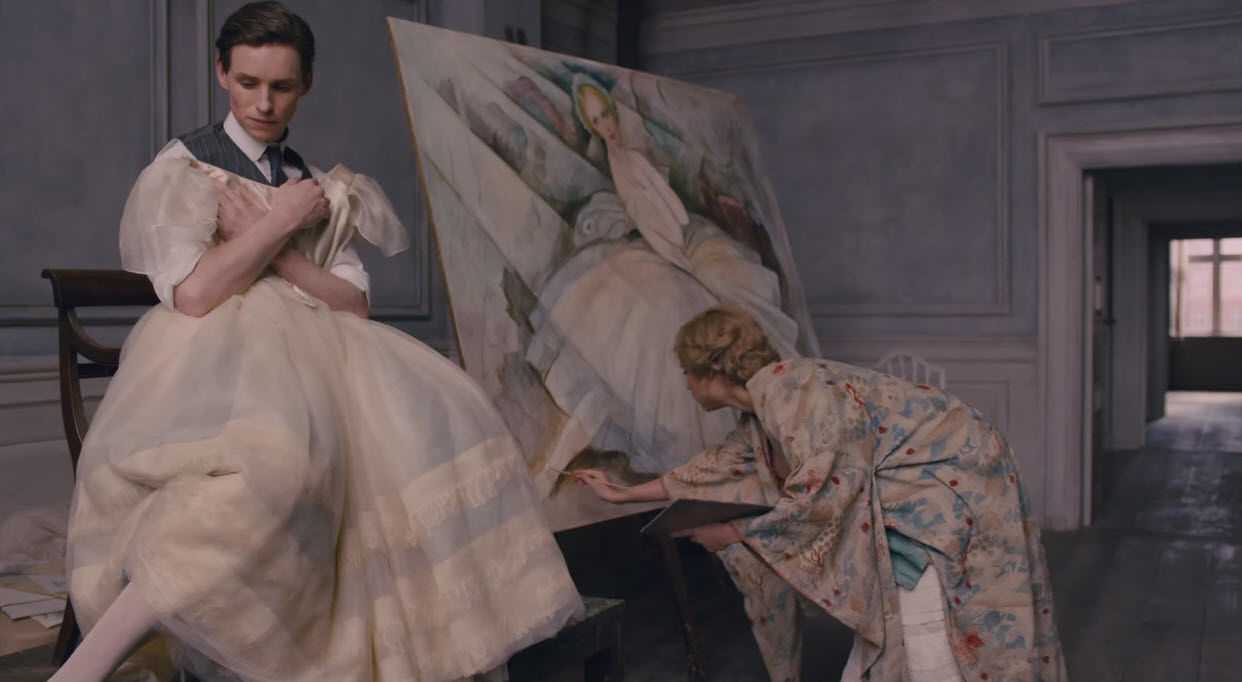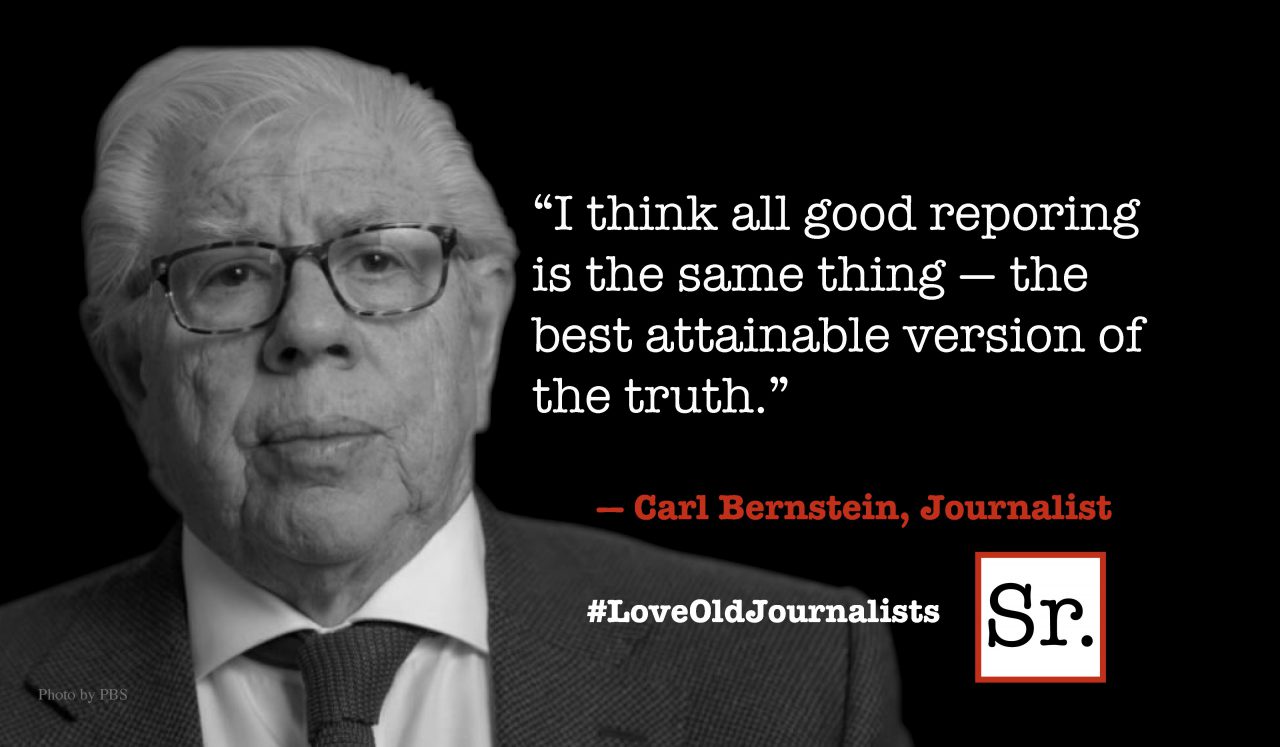Eddie Redmayne had best clear a place on the mantel for his second (in as many years) Oscar for best actor.
In “The Danish Girl” the chameleonic Brit gives a quietly devastating performance as the world’s first recipient of a sex change operation.
The latest film from director Tom Hooper (“The King’s Speech”) and screenwriter Lucinda Coxon (adapting David Ebershoff’s 2000 novel) is, depending upon how you choose to look at it, a story of personal triumph or one of tragedy.
In either case, there’s no arguing with the perfs of Redmayne or Alicia Vikander (another likely Oscar contender).
In the mid 1920s Einar Wegener (Redmayne) is the toast of the Copenhagen art scene. He does landscapes — actually the same landscape, with a grove of trees on the shore of a fiord, but he mixes it up enough that one is reminded of Monet painting the same haystacks over and over.
Wegner’s wife Gerda (Vikander) is a painter, too, albeit a frustrated one. Her portraits of the local bourgeoise aren’t lighting a fire under anyone.
When one of Gerda’s models, a ballerina, fails to show up for a sitting she asks her husband to pull on women’s hosiery and fill in for the missing beauty. One set of legs apparently is as good as another.
Despite an initial protest, Einar finds himself strangely moved by the experience. So much so that the couple decide that he will attend a local arts ball in woman’s clothing and a flapperish red wig. Gerda introduces this shy woman as Einar’s country cousin, Lili Elbe.
Einar is shocked and then pleased with a young man (Ben Wishaw) begins paying attention, even taking him/her to a private corner for a tentative kiss.
From that point on the artist prefers to spend his days as Lili. Einar begins to fade away.
Mishandled, this sort of material can come off as vaguely ridiculous, even campy. Redmayne and Hooper are having none of that. Their thesis is that Lili has always lurked inside Einar. She is his true essence, and now she’s been freed.
Redmayne — who makes for a quite convincing woman — revels in his character’s moments of self discovery (and especially in being the object of the male gaze).
Gerda is initially disturbed that their little game has taken such a dramatic turn. She wants a husband.
But as she comes to understand what Lili/Einar is going through — including a shrink’s narrow-minded diagnosis of schizophrenia — Gerda becomes an ally. She may no longer be a lover in a physical sense, but spiritually her connection remains unbreakable.
And then there’s the fact that her portraits of her husband as Lili — executed in Art Deco style — make her an overnight celebrity.
Eventually Lili finds a sympathetic German M.D. (Sebastian Koch) who has proposed an as-yet-untested sex change operation.
“This is not my body, professor,” Lili tells him. “Please take it away.”
As mentioned earlier, this sort of material is fraught with peril. But Hooper and company deftly navigate the narrative reefs. The major shortcoming of “The Danish Girl” is that it feels more clinical than transformingly emotional.
The film looks terrific and there’s a solid supporting performance from Matthias Schoenaerts as Einar’s childhood friend, now a Paris art dealer and, we’re led to believe, a suitor for the sexually abandoned Gerda.
“The Danish Girl” was inspired by the real-life Einar and Gerda, but it’s been heavily fictionalized. For example, in real life Gerda was a lesbian (or possibly bisexual, since she later remarried), but that was probably one kink too many to cope with in a dramatic retelling.
But she continued to paint Lili. A quick internet search will bring up scores of her evocative and curiously erotic portraits.









